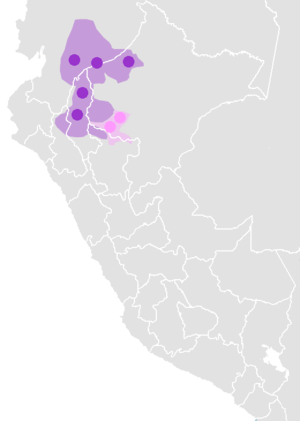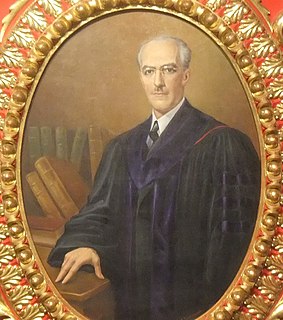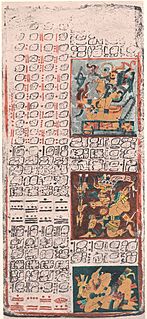
Indigenous languages of the Americas are spoken by indigenous peoples from Alaska, Nunavut, and Greenland to the southern tip of South America, encompassing the land masses that constitute the Americas. These indigenous languages consist of dozens of distinct language families, as well as many language isolates and unclassified languages.

Macro-Arawakan is a proposed language family of South America and the Caribbean centered on the Arawakan languages. Sometimes, the proposal is called Arawakan, and the central family is called Maipurean.
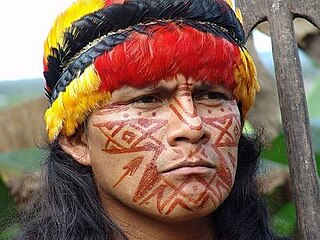
The Shuar are an indigenous people of Ecuador and Peru. They are members of the Jivaroan peoples, who are Amazonian tribes living at the headwaters of the Marañón River.

The Choco languages are a small family of Native American languages spread across Colombia and Panama.
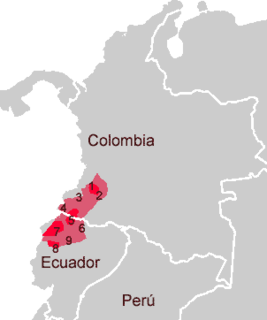
Barbacoan is a language family spoken in Colombia and Ecuador.
Paezan may be any of several hypothetical or obsolete language-family proposals of Colombia and Ecuador named after the Paez language.

Arawan is a family of languages spoken in western Brazil and Peru (Ucayali).

Pano-Tacanan is a proposed family of languages spoken in Peru, western Brazil, Bolivia and northern Paraguay. There are two close-knit branches, Panoan and Tacanan, with 33 languages. There are lexical and grammatical similarities between the two branches, but it has not yet been demonstrated that these are genetic.
The Waorani (Huaorani) language, commonly known as Sabela is a vulnerable language isolate spoken by the Huaorani people, an indigenous group living in the Amazon Rainforest between the Napo and Curaray Rivers in Ecuador. A small number of speakers with so-called uncontacted groups may live in Peru.
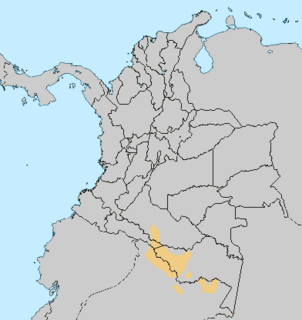
Bora–Witóto is a proposal to unite the Boran and Witotoan language families of southwestern Colombia and neighboring regions of Peru and Brazil. Kaufman (1994) added the Andoque language.

Zaparoan is an endangered language family of Peru and Ecuador with fewer than 100 speakers. Zaparoan speakers seem to have been very numerous before the arrival of the Europeans but their groups have been decimated by imported diseases and warfare and only a handful of them have survived.
Yuracaré is an endangered language isolate of central Bolivia in Cochabamba and Beni departments spoken by the Yuracaré people.
Shuar, which literally means "people", also known by such terms as Chiwaro, Jibaro, Jivaro, or Xivaro, is an indigenous language spoken in the Southeastern jungle of the Morona-Santiago Province and Pastaza Province in Ecuador.

Mataco–Guaicuru or Macro-Waikurúan is a hypothetical language family consisting of the Guaicuruan, Matacoan, and sometimes Mascoian and Charruan families. These are spoken in Argentina, Brazil, Paraguay, and Bolivia.
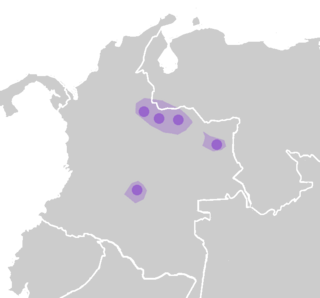
Guajiboan is a language family spoken in the Orinoco River region in eastern Colombia and southwestern Venezuela, which is a savannah-like area known in Colombia as the Llanos.

Candoshi-Shapra is an indigenous American language isolate, spoken by several thousand people in western South America along the Chapuli, Huitoyacu, Pastaza, and Morona river valleys. There are two dialects, Chapara and Kandoashi. It is an official language of Peru, like other native languages in the areas in which they are spoken and are the predominant language in use. Around 88.5 percent of the speakers are bilingual with Spanish. The literacy rate in Candoshi-Shapra is 10 to 30 percent and 15 to 25 percent in the second language Spanish. There is a Candoshi-Shapra dictionary, and grammar rules have been codified.

Macro-Chibchan is a proposed grouping of the languages of the Lencan, Misumalpan, & Chibchan families into a single large phylum (macrofamily). The Lencan & Misumalpan languages were once included in the Chibchan family proper, but were excluded pending further evidence as that family became well established. Kaufman (1990) finds the Chibchan–Misumalpan connection convincing, if as yet unsubstantiated, though Campbell (1997) finds it doubtful. The Xincan family was once included in Macro-Chibchan, but this is now doubtful.
Witotoan is a small language family of southwestern Colombia and the neighboring region of Peru.

Jivaroan peoples refers to groups of indigenous peoples in the headwaters of the Marañon River and its tributaries, in northern Peru and eastern Ecuador. They speak one of the language family of the same name.
